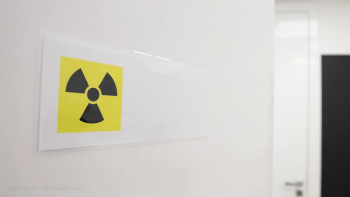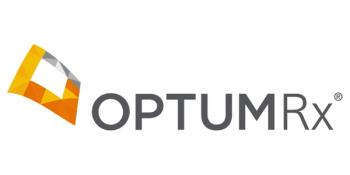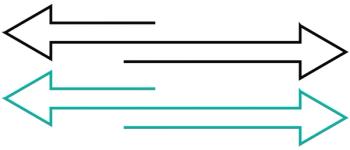
Medicare PDPs covers fewer anticonvulsant drugs
Despite being considered a protected class of drugs, anticonvulsant medications for the treatment of epileptic seizures had lower levels of coverage for Medicare prescription drug plans (PDPs) than commercial health plans.
Despite being considered a protected class of drugs, anticonvulsant medications for the treatment of epileptic seizures had lower levels of coverage for Medicare prescription drug plans (PDPs) than commercial health plans.
A recent Avalere Health study, supported by UCB, Inc., also showed that fewer anticonvulsant medications were on the inexpensive formulary tiers than in the commercial plans.
The pricing and limited coverage could have an adverse impact on Medicare patients’ access to the class of medications and has the potential to create many negative health outcomes. Those negative outcomes are one of the major reasons why the Centers for Medicare and Medicaid Services created the protected class policy.
“Benefit design should be employed to keep costs low by incentivizing the patient to do the right thing,” said Dan Mendelson, CEO of Avalere Health. “High cost-sharing for needed medications-and in particular medications that can control illness-can introduce perversities by making it harder for patients to comply with best practice.”
The policy requires PDPs to cover all medicines in the classes, with some exceptions such as extended-release formulations, but does not otherwise define “protection.”
The Avalere study showed that commercial health plans offered more coverage for anticonvulsants on formularies than PDPs, particularly with brand-name and extended-release medications.
“The core of this debate is around what constitutes insurance,” Mendelson said. “Consumers will increasingly expect that when they get really sick, insurance will cover the cost. High cost-sharing for products and services that are needed by seriously ill patients are incompatible with that vision.”
The commercial health plans covered more anticonvulsants on lower tiers than their PDP counterparts. Cost-sharing on levels 3 and 4 were roughly equal, but on tiers 1 and 2, the commercial plans were higher than PDPs. Utilization management technique usage was roughly equivalent between PDPs and commercial plans.
Specialty tier medicines prove to have the most substantial differences in cost-sharing between coinsurance and fixed copayment. According to a Government Accountability Office report, the median negotiated price for a specialty drug on the highest tier in 2007 was $1,100. Patients in commercial plans would pay on average $79 for that drug. Medicare patients in PDPs would pay roughly 30% of the drug’s $1,100 each month, around $330.
Newsletter
Get the latest industry news, event updates, and more from Managed healthcare Executive.




















































